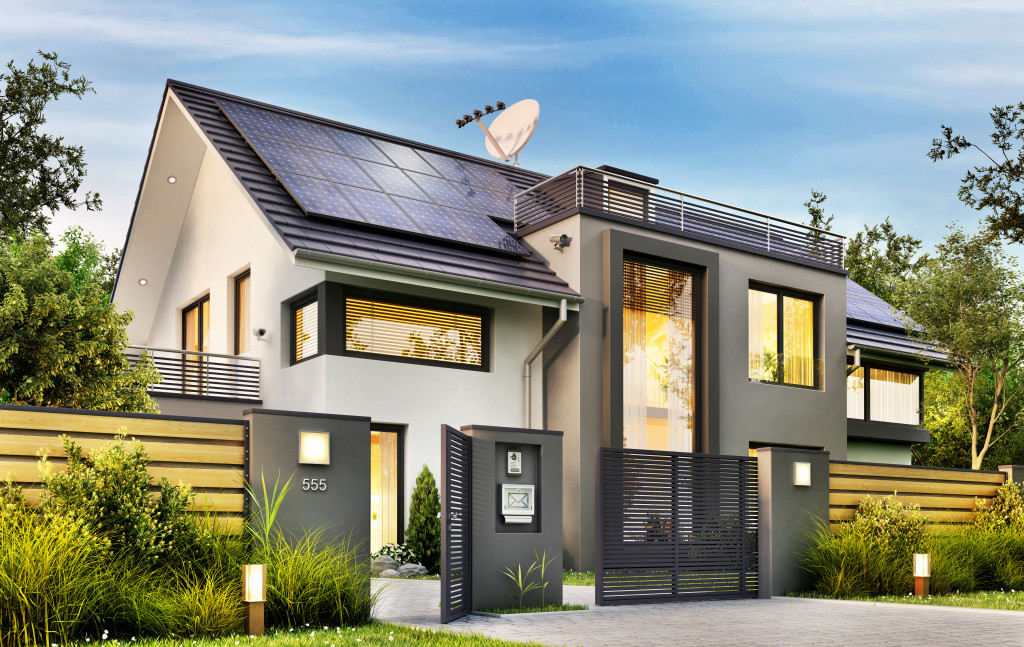Our needs have drastically changed over the last few decades. However, we’re still using the same principles of design and construction when it comes to residential structures. It’s time for our priorities and methods to align and to start designing for the future. We face climate upheaval in the coming decades, and our current methods are inadequate to take on that challenge.
We’re already feeling the effects of climate change, which is why we must build stronger and more sustainable homes. If we realign our focus, we can even build eco-homes for all, not just the wealthy. Change must happen from top to bottom, and we can start turning things around if we find a way to build affordable homes for the future.
Building the home of the future starts with proper planning. Here are a few things you need to remember when designing a futureproof home.
1. Anticipate changes
Trends come and go, and our behavior reflects our evolution through time. Our habits and priorities might change in the future, and we need to make sure our homes change with us. Rather than finding a new home that can accommodate our needs, it’s more sustainable to modernize our current one instead.
Our homes represent one of the few constant things in our lives. It’s where we relax, sleep, and raise a family. Not only is it your sanctuary, but it could also be your place of work. More and more companies embrace telecommuting, and we need to build a functional and comfortable space.
One emerging trend in homes is hybrid spaces that can fulfill multiple functions. For instance, one could design a space that serves both as an entertainment and working space.
2. Reduce energy dependence
Many of our problems can be traced to one thing: energy. Our insatiable need for energy has left environmental destruction in its wake. Nothing will change, and future generations will suffer if we don’t do anything, so we need to design homes that require less energy to maintain.

Our building should reflect the way we live, and the methods we use can help pave the way forward. For instance, switching to lighter and more sustainable materials can make our homes more livable. Features such as seamless rain gutters can reduce the amount of maintenance our homes need.
It also pays to use sustainable fixtures inside the home. You may want to use bathroom and kitchen fixtures that use less water. Make sure your electronics and appliances use less electricity as well. Smart technology can help reduce energy consumption by automating key features of the appliances we use daily.
3. Build for longevity
The homes of the future need to withstand numerous challenges, such as weather adverse events, poor air quality, and security issues. You want your home to protect you from external dangers, and the only way to do that is to build for security and longevity. People today are more likely to stay put in one place than any other generation. If you plan on living in the same place until old age, you will need all the support you can get.
Futureproofing a home isn’t just for external threats. You also need to consider your welfare when you get older. You want your home to work for you, not the other way around. Eventually, your body will get weaker, and everyday activities will get harder. Investing in accessibility upgrades today can improve your quality of life in the future.
A final word
There’s no one-size-fit’s-all approach to home design, and you need to understand your needs if you want to design a space that works for you. You also have to consider the needs of society at large. If everyone adopts that kind of mindset, we can leave a better world for future generations.

